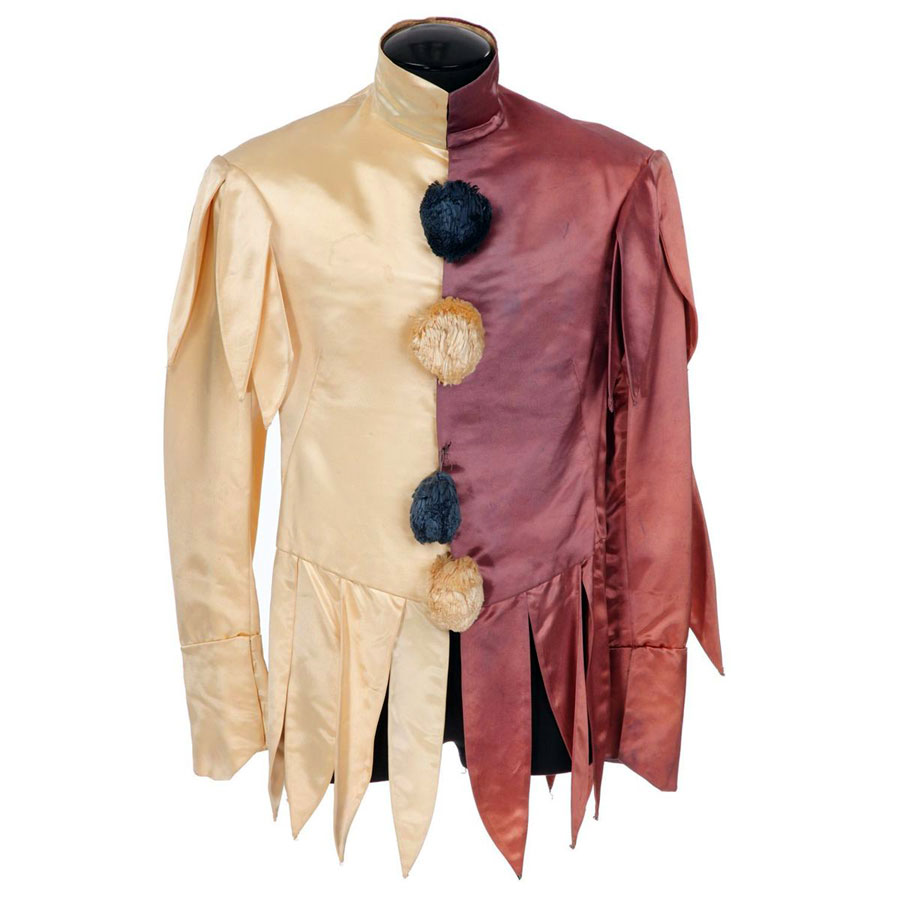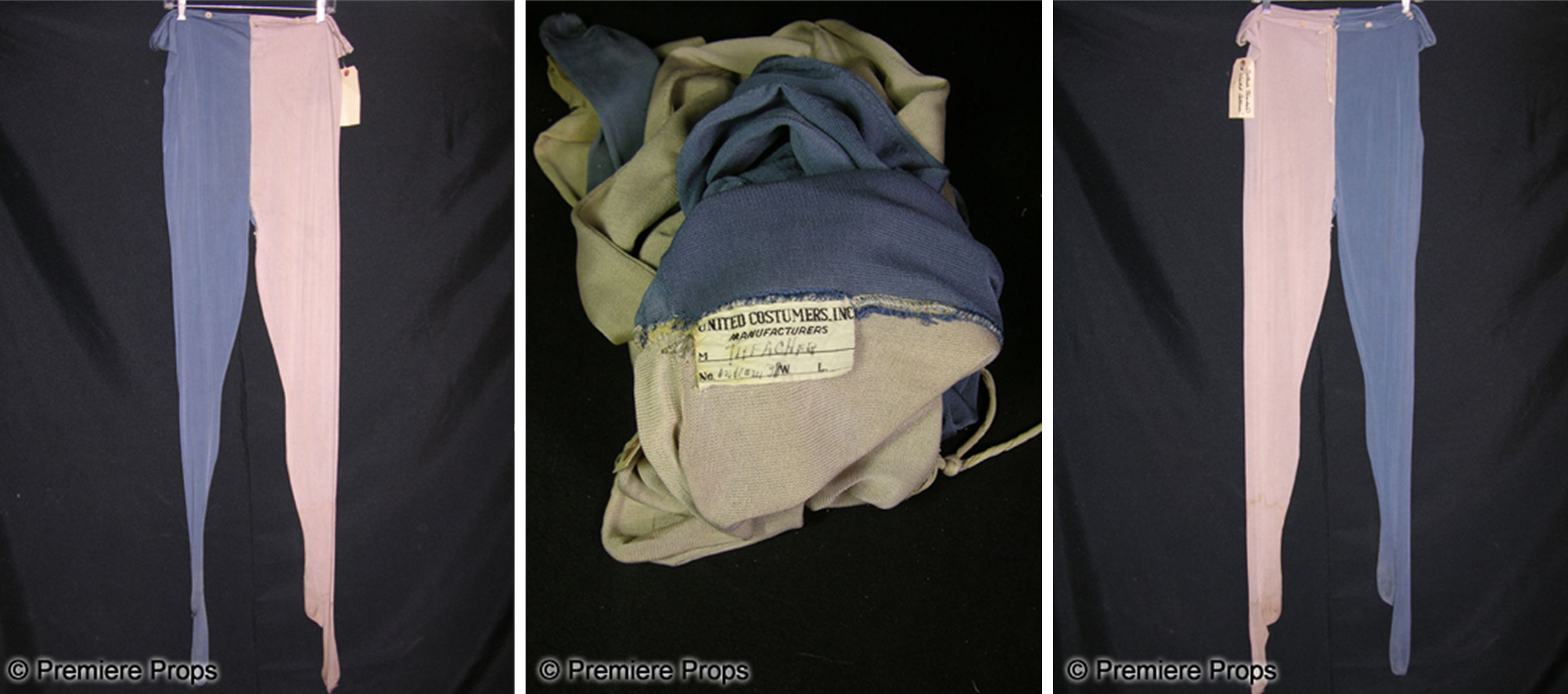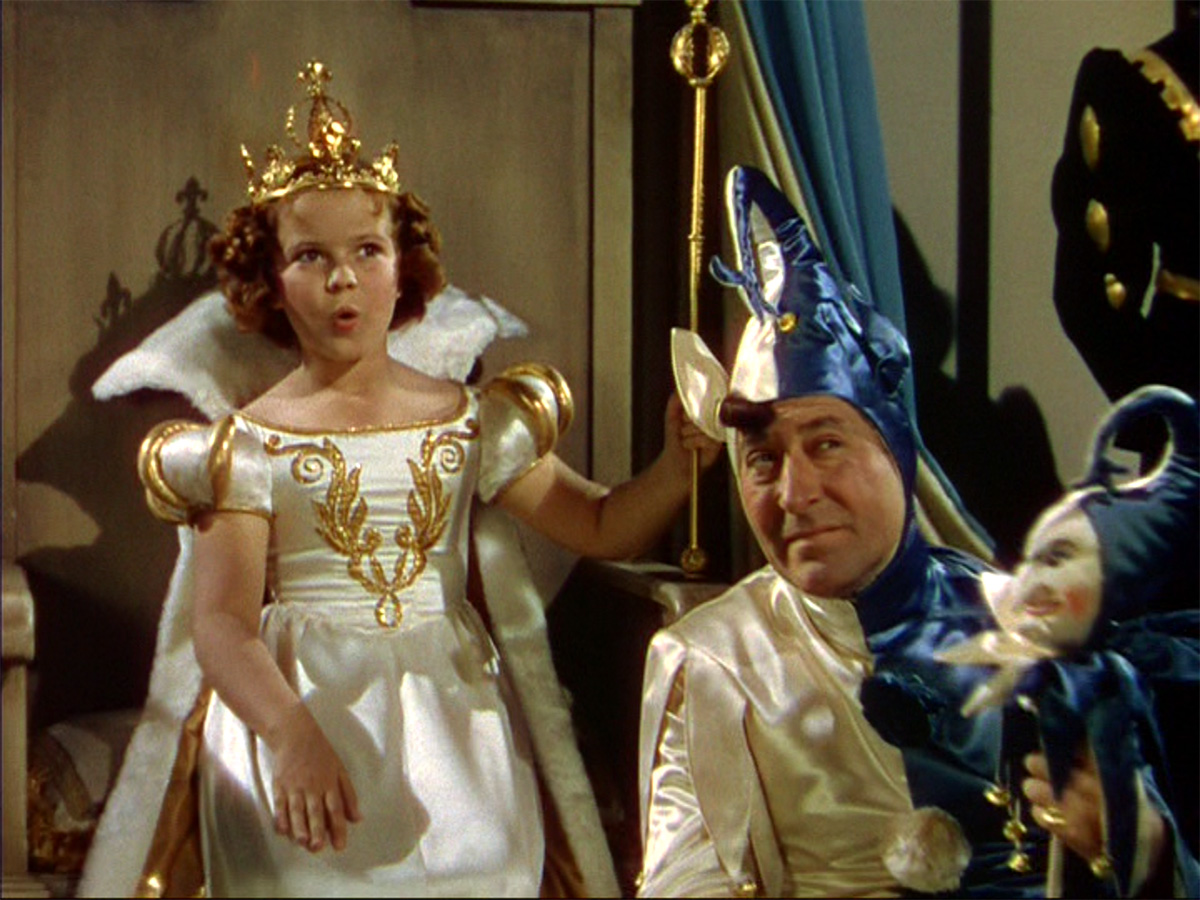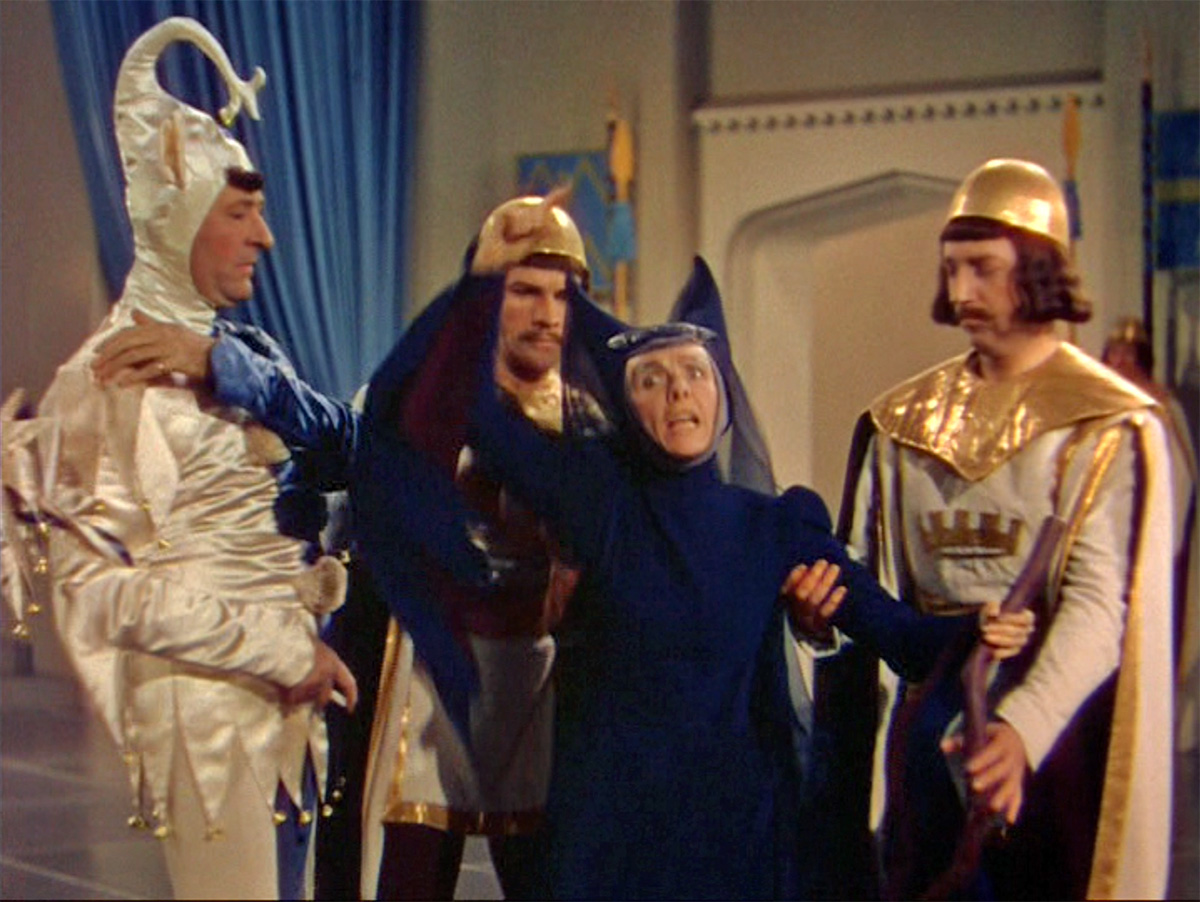
“Back in the day,” most films were shot at the studio; even exteriors were re-created inside the cavernous soundstages to avoid costly delays caused by the elements/lighting. These vintage production photos from Paramount Studio are rare records of when the movie crew chose to use a real-life outdoor setting. Released October 11, 1935, “The Last Outpost” starred Cary Grant and Claude Rains and was based on the short story “The Drum” by F. Britten Austin in Red Book Magazine (September 1923). These photos show the now demolished Hotel Del Tahquitz in Palm Springs. How about that vintage Automobile Club sign in the detailed view below?

Symposis of the film from TCM.com:
In Turkistan, during World War I, British Army officer Michael Andrews is saved from death under the Kurds by British Secret Service agent John Stevenson. The two men then save the Balkari tribe by leading them, along with their livestock, across mountains.

The Hotel Del Tahquitz opened in 1928 and was located at 316 South Palm Canyon Drive, right on the main drag of Palm Springs. It had tennis, badminton courts, a “Alice in Wonderland School and Playhouse,” The Saddle Bar X, and a rooftop solarium for nude sun bathing. Scandalous! If you’re unfamiliar with what a European Plan is, it means you are paying for room only, and food and beverage are extra. Makes it sound fancier, doesn’t it? An LA Times tidbit about the film from October 13, 1935:
“The Last Outpost” is doing surprisingly well at the Paramount. Greatly aided by lavish use of clips from African films it achieves topical appeal which relates it to the Italo-Ethiopian conflict and patronage consequently is heavy. Excellent performances are contributed by Claude Rains, Gertrude Michael and Cary Grant, but their acting is subordinated to the pursuit of tribesmen and stampeding hippopotami.

An LA Times blurb from October 17, 1935 focused on Cary Grant:
“I want to be hated. I’m fed up with well-mannered drawing-room roles,” exclaimed Cary Grant during the making of “The Last Outpost,” successor to “Lives of a Bengal Lancer,” which opens today at the Paramount Theater. “These namby-pamby heroes don’t get me anywhere,” said Cary. “In ‘The Last Outpost’ I’m going to show how tough a tough egg really can be.” Grant is cast as a British captain on the Arabian front. He fails in love with the wife of a brother officer, and the trio work out their fate under threat of momentary death.
If Grant was concerned about a namby-pamby image, he probably shouldn’t have been posing for photos with “roommate” Randolph Scott in somewhat sexually ambiguous shots. But I digress…

Back to the Tahquitz and some vintage autos parked in front:

I’m not sure who the three gents up top are. Maybe they are getting ready to check out the solarium?

I LOVE the Cordoba travel poster on the wall.

I attempted to find it through google; while I found similarly-styled ones, I could not find the exact one. It can be mentally painful to be so detail-oriented. Close, but as the saying goes, “no cigar.” The art for this one was by Joaquin y Rafael Diaz-jara.

What’s at the location of the demolished hotel now? Based on google maps, it would appear that the parking lot between the The Palm Springs Architecture & Design Center and The Grocery Outlet is the answer. The final Paramount production still for today is from the comedy “She Made Her Bed,” 1934, filmed in Victorville, California, where the location below showing an auto park was captured:

Starring Richard Arlen, Sally Eilers, and Robert Armstrong, the film was based on the short story “Baby in the Ice-Box” by James M. Cain in American Mercury (January 1933). Synopsis edited from the TCM website:
Duke and Lura Gordon have been married four years and run an auto park and coffee shop in San Benito, California. Duke considers himself a "he-man" and runs a small side show on the lot with wildcats. He is also a continual philanderer, and when the 1932 Pomona County Fair brings customers to the auto park, he has an affair with a seductive redhead, Eve McGillicuddy.
More production shots to come in the future! See more Classic Film photos at my main website.

























